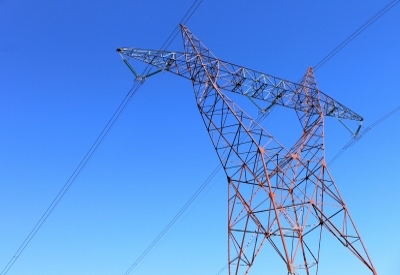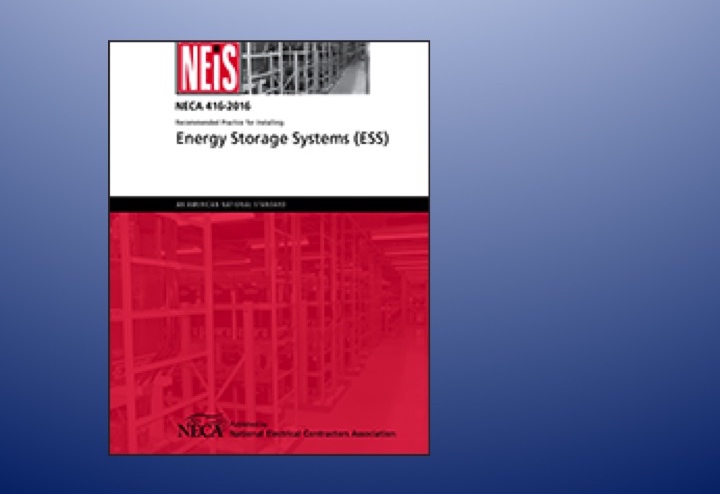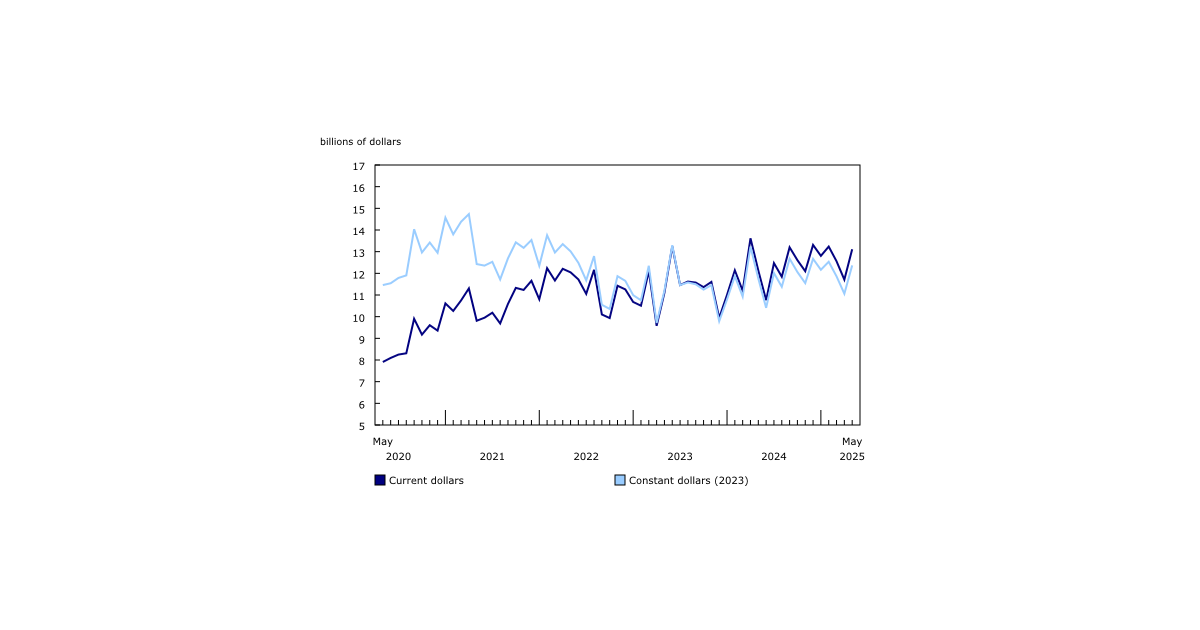Western Provinces Should Back Integrated Power Grid: Report

July 8, 2016
If the federal government is prepared to back strategic GHG emission reduction projects, then Ottawa should invest in interprovincial transmission lines to clean the grid and reduce Canada’s total emissions, write authors Naomi Christensen and Trevor McLeod. A cost analysis in the report, titled Power Up: The hydro option, reveals hydro, not wind, is the most cost-effective renewable energy source as the provinces work toward reducing electricity-based emissions.
Natural gas also has a role to play to help meet provincial emission reduction goals, but Alberta and Saskatchewan are also interested in renewable power that emits zero emissions. The report assessed electricity choices on the basis of cost, GHG reductions, timeliness and reliability, says Christensen, a policy analyst. “Hydro is as reliable as coal and more cost-effective than wind.”
The report recommends that Alberta and Saskatchewan create rules that don’t disadvantage investment in hydro. Further, the western provinces should get behind an integrated electricity grid: Alberta and Saskatchewan are well situated to import hydro from BC and Manitoba. And, the federal government should fund interprovincial electricity transmission lines in the West.
“The goal is to reduce emissions while doing the least amount of harm to the economy. That’s why hydro merits a serious look,” says McLeod, Director of the Centre for Natural Resources Policy.
The Canada West Foundation conducts original research and objective financial analyses, generates commentary, and convenes people across the West. The full version of Power Up: The hydro option can be downloaded here: http://cwf.ca/research/publications/power-up-the-hydro-option/.
Image courtesy of xedos4 at FreeDigitalPhotos.net.

















